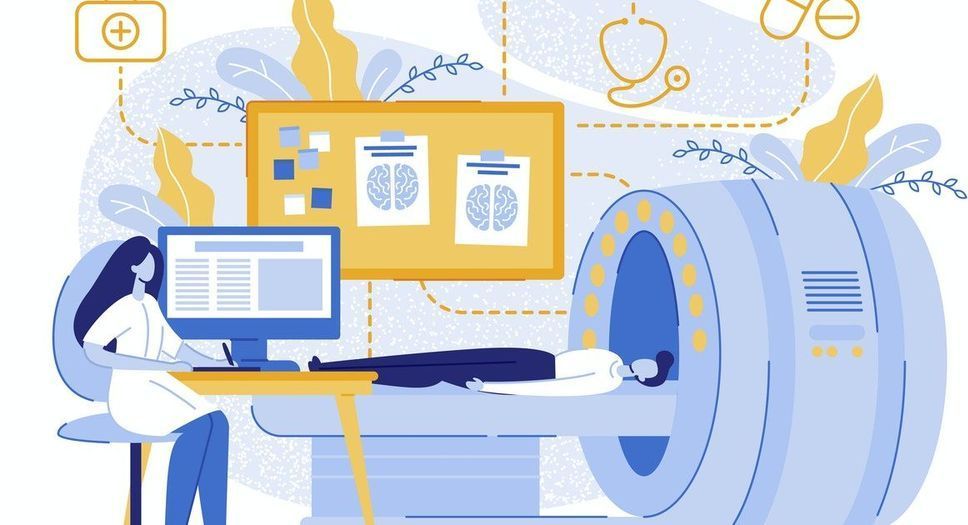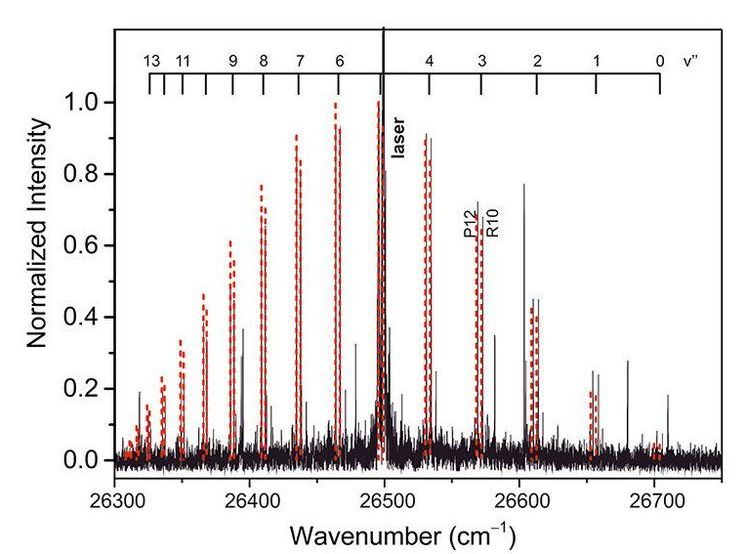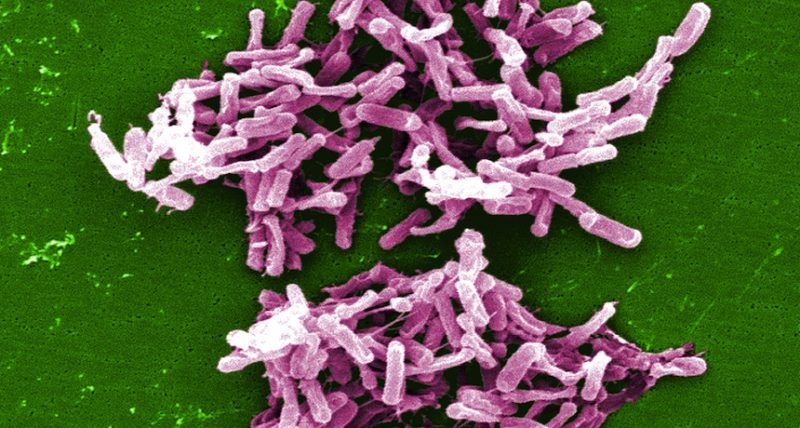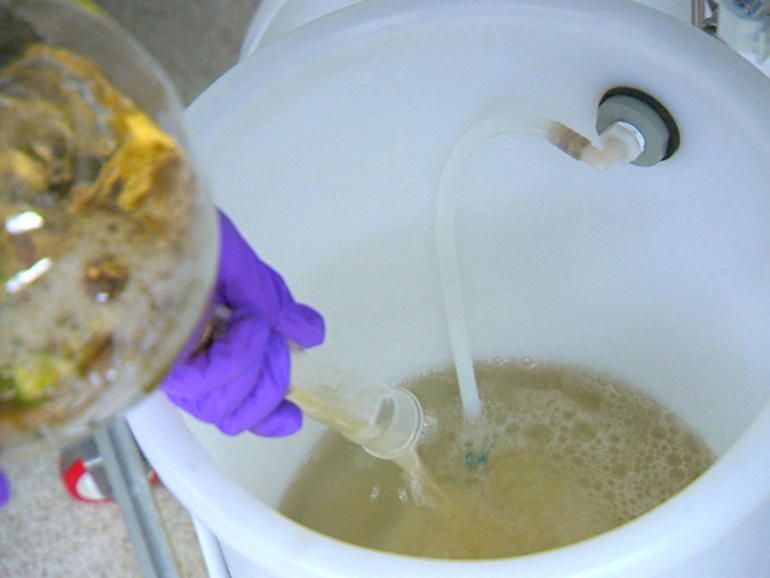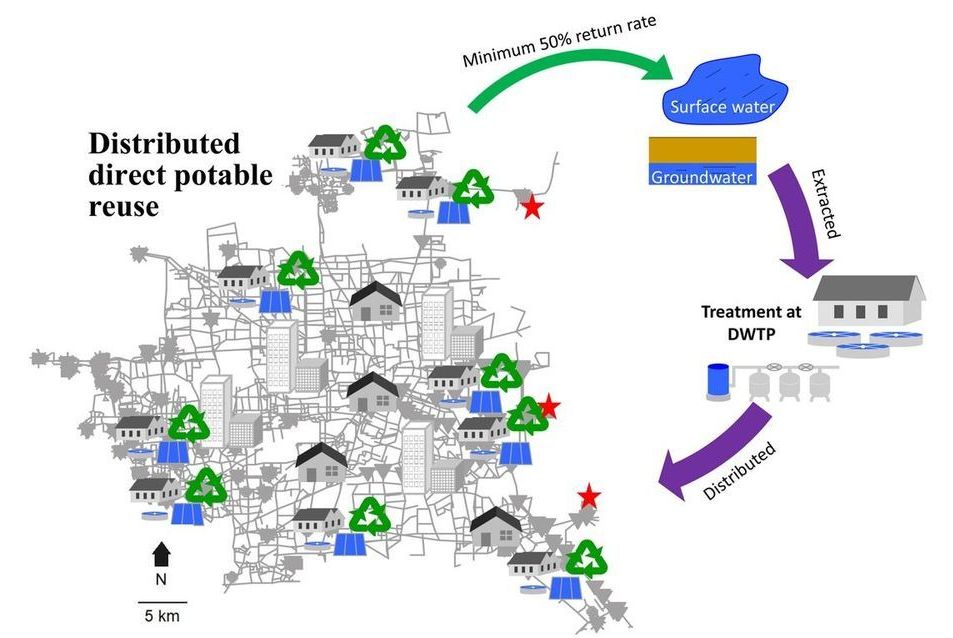Scientists from the Technion Israel Institute of Technology in Haifa have developed “smart” disinfectants which not only destroy the coronavirus, but unlike other commonly used disinfectants that diminish rapidly, remains on surfaces for an extender period of time. “The materials we developed will be a game changer because they will block the cycle of infection from contaminated surfaces,” said Assistant Professor Shady Farah, head of the research group. “Infection from touching surfaces is a serious problem, especially in public places such as hospitals, factories, schools, shopping malls, and public transportation. Our polymers will make these places safer,” Farah added.
The coronavirus has been seen to last on surfaces upwards of 17 days, and common disinfecting break down rapidly. This new disinfectant is long-lasting.

